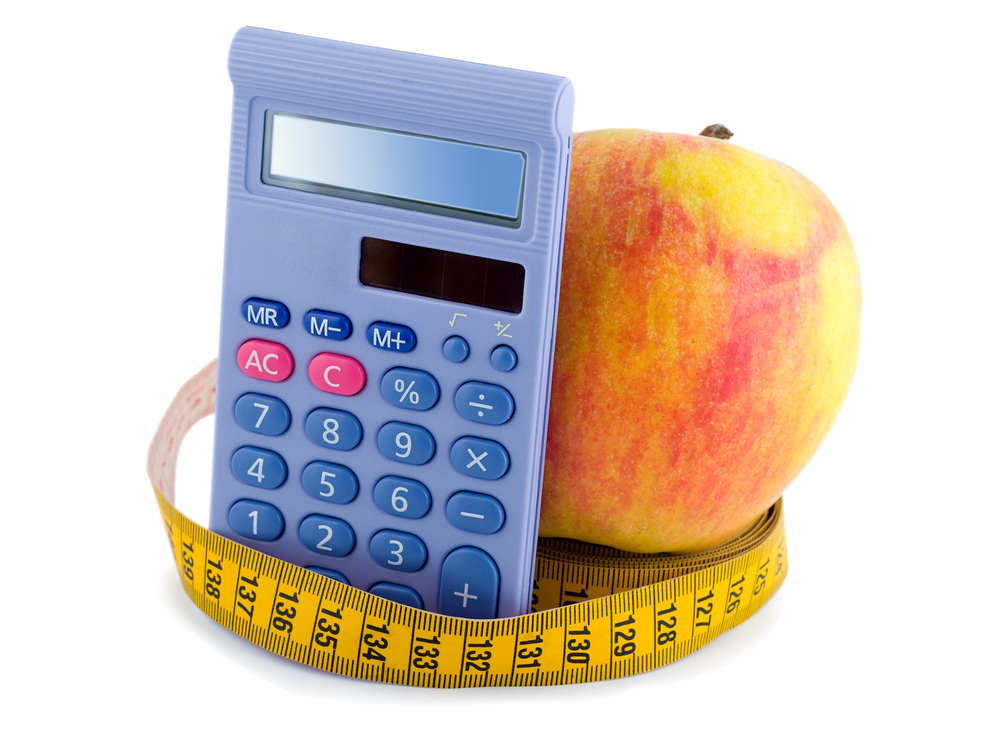As the defeat of Prop 37 is mourned in California and throughout the food movement, students are actually enacting it, continuing the hard work for food chain transparency that they started well before the Prop 37 battle entered the mainstream.
For four years, from coast to coast, students have created, piloted, and refined the Real Food Calculator, the most meticulous assessment tool for food procurement available. The qualifications of “real food” are stringent and precise, utilizing strong third-party certifications and going the extra step in verifying source agricultural and labor practices. GMOs are outright prohibited from counting under any of the calculator’s four categories: community-based, fair, humane, and ecologically sound. The calculator’s criteria actually enact Prop 37 on an institutional basis — with it, students are literally taking Prop 37 into their own hands.
The Real Food Calculator evaluates each food item purchased along with its source, producing a percentage indicating the proportion of the school’s food budget dedicated to real food. Most importantly, the calculator is conducted by students — the consumers.
This is labeling-it-yourself on a banner-drop scale, as students not only research and track multimillion-dollar budgets, but also engage with the results and challenge their institutions to commit to and publicize measurable goals for improvement and policies for more just and sustainable purchasing.
Carleton College senior Lindsay Guthrie, a leader of the Real Food Calculator working group, feels strongly about the experience students gain by conducting the calculator, noting that “the knowledge and the relationships they build make them uniquely prepared to be food leaders who can articulate the complex dynamics of food purchasing. It’s about more than auditing the industry — as Prop 37 essentially would have done — it’s about positioning food advocates within the system and taking it back.”
In the past year, 30 schools have piloted the calculator, from Division I giants (UNC-Chapel Hill, Iowa State) to community colleges (Cabrillo College) to private liberal arts schools (Pomona College, Drew University). That means over $77 million has been scrutinized. Eight colleges and universities have signed on to the Real Food Campus Commitment, pledging to shift at least 20 percent of their food purchases to real food by the year 2020.
Through campaigns for the commitment, students are ensuring their schools are held accountable. The commitment is more than a signed sheet of paper: It requires drafting and implementing a multi-year food policy, running the calculator, and monitoring progress. This is a tested and approved system of redirecting food infrastructure, combining technology and leadership to put the future of our food system back into our hands. Rather than mourning the dismissal of Prop 37, we should follow these students’ lead and continue to organize, until such comprehensive assessments and policies are the standard in the food industry.
The Real Food Calculator is rarely an easy accomplishment on any campus, as it requires maneuvering the institution’s decision-making structure, organizing a supportive base of students, and — perhaps most daunting of all — making sense of the corporate food system as it plays out in the cafeteria. Thus, like bold Prop 37 advocates, these students are no strangers to the challenges of corporate control of the food chain.
At campuses where food service is outsourced to Aramark, the Real Food Calculator has been a particular challenge. Over the past year (and as recently as last week) students at Aramark schools have consistently been shut out by their dining managers for expressing interest in the calculator, the result of misguided corporate policies. Students at Southeastern Louisiana University, the University of Cincinnati, and the University of Minnesota-Twin Cities are only a few of the hundreds of students facing this barrier right now. Just like the food companies who fought to defeat Prop 37, Aramark is fighting to maintain its obscurity, instead of respecting and embracing the demand of its customers for dialogue, transparency, and genuine cooperation. The good news is that although these students have their plates full with fighting this system, they won’t stop until those plates are full of real food.
Still looking for a sign of the food movement? Turn your calendar back two weeks to Oct. 24, when Food Day took on new layers of meaning as over 40,000 students took action, many of whom used the opportunity to educate and engage their peers around GMOs. Co-coordinated by Real Food Challenge, 286 college campuses played host to one or more Food Day events, 35 in California alone — the most in any one state. UC-San Diego, CSU-Northridge, UC-Davis, and UC-Berkeley are just four of many campuses where students actively worked to inform and empower their fellow students to vote in favor of GMO labeling.
The number of young people engaging in conversation and taking action on these issues, not only around GMOs but advocating systemic change in our food chain, is truly the beacon of hope we should turn to amidst our disappointment with the outcome of Prop 37. As rising leaders, legislators, farmers, organizers, and educators of this country, it is clear that we are not waiting to inherit a better food system, we are making it now.




